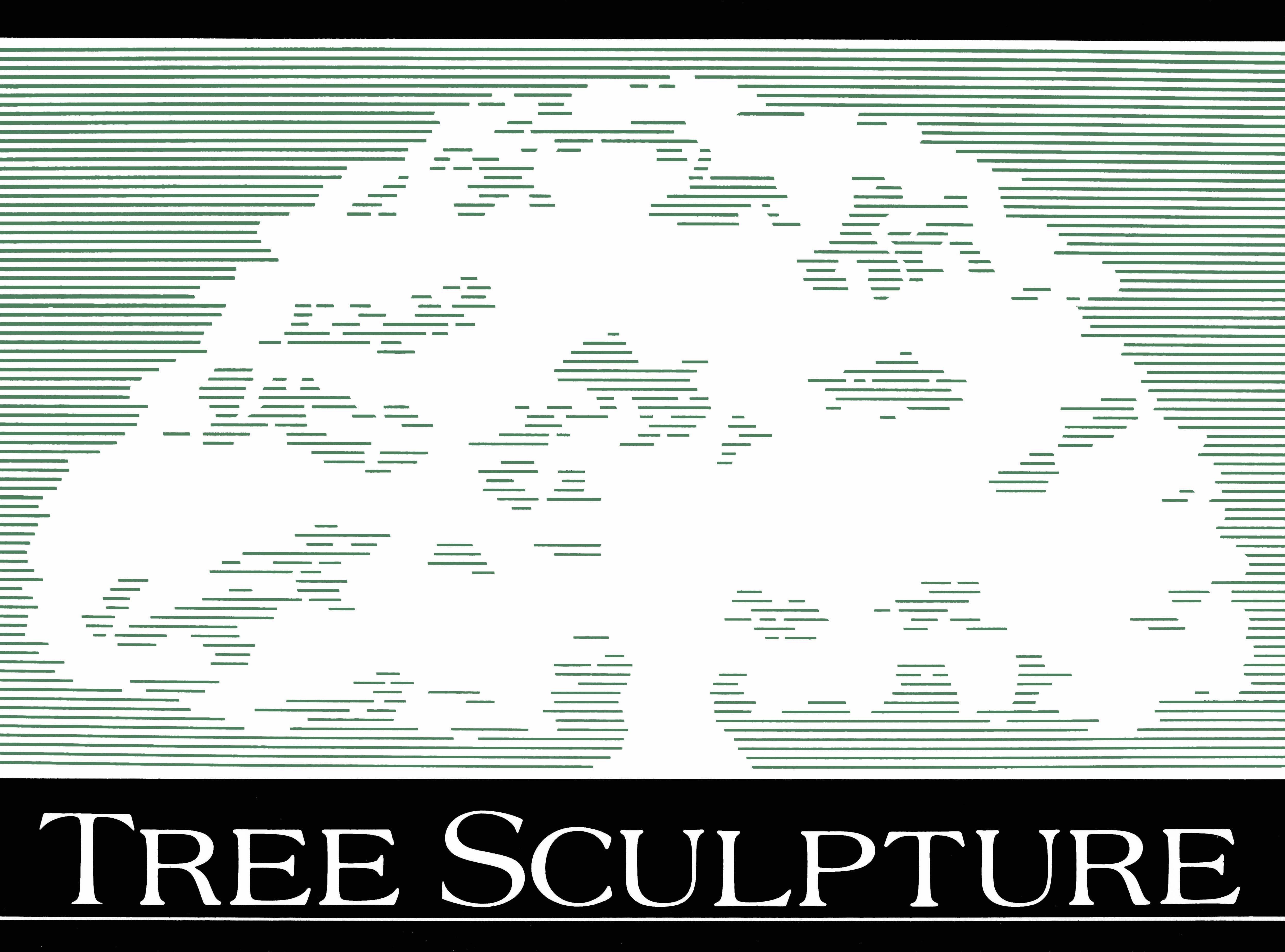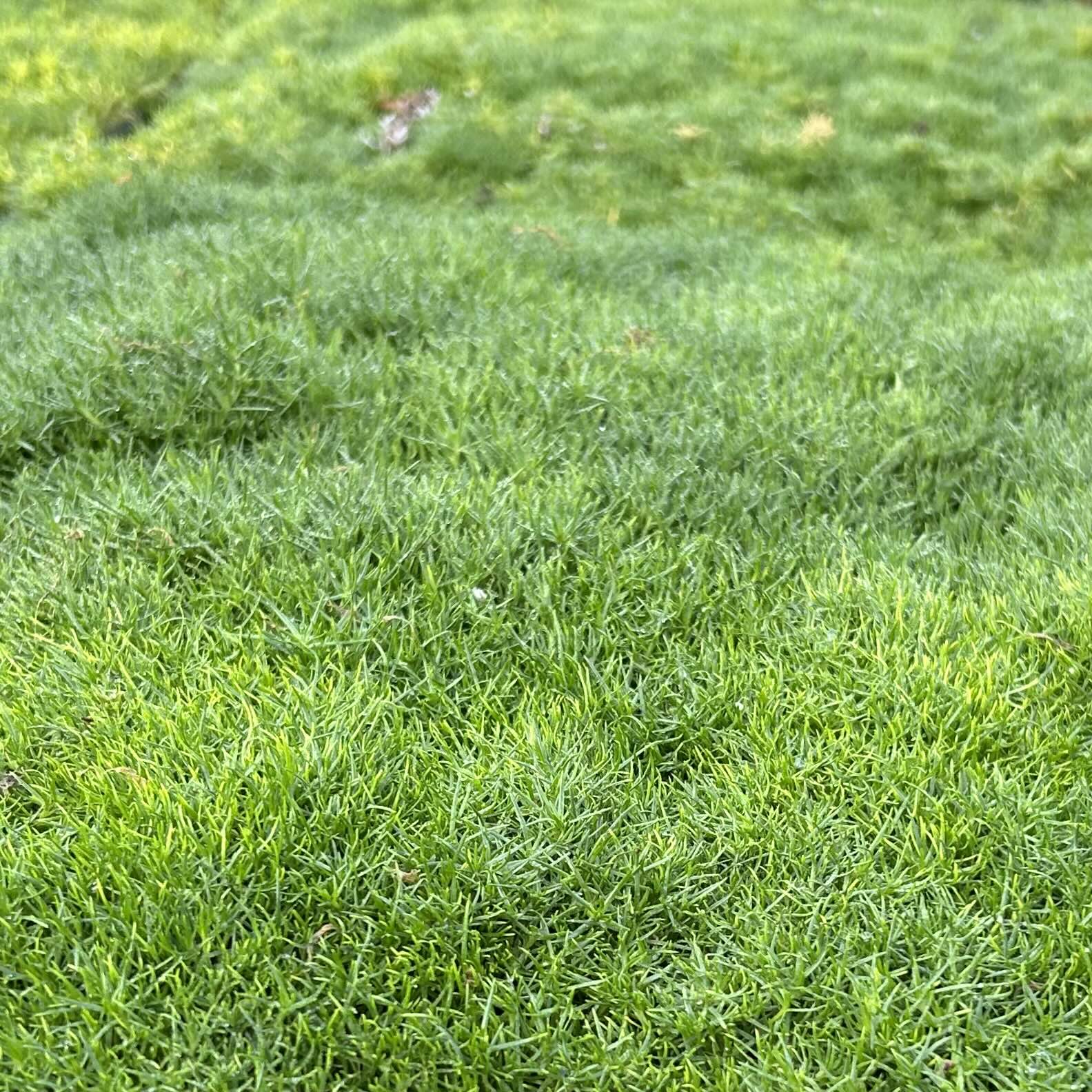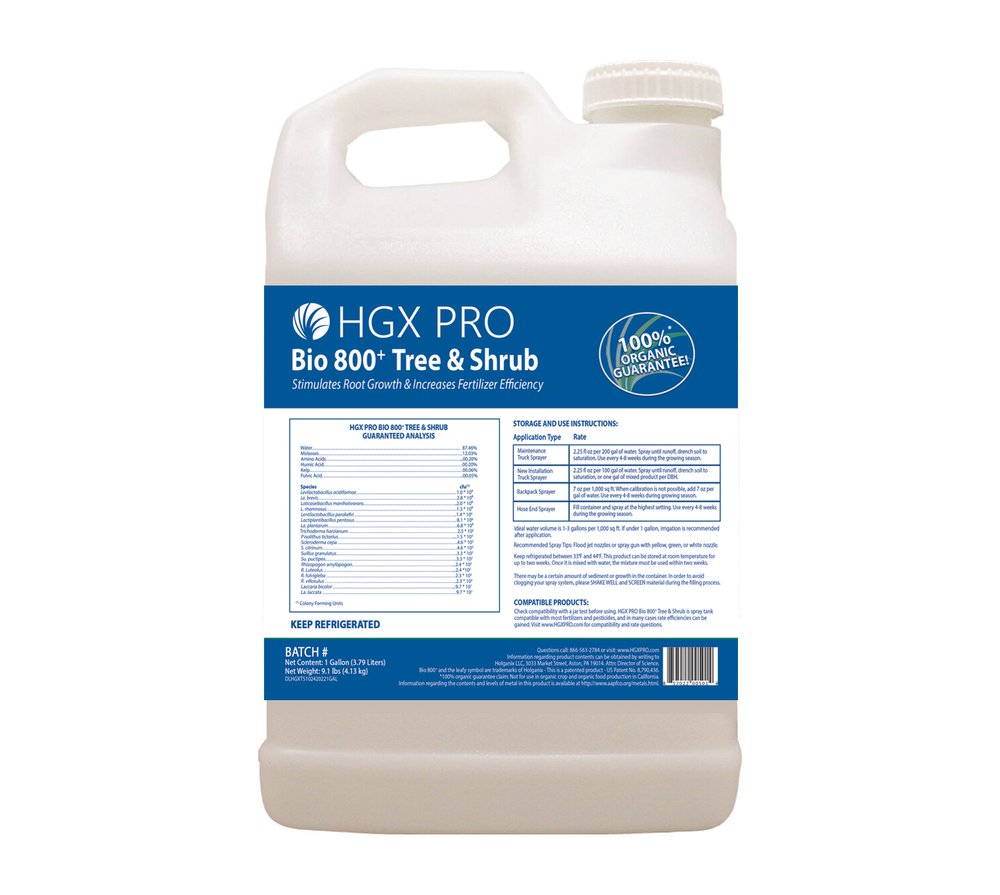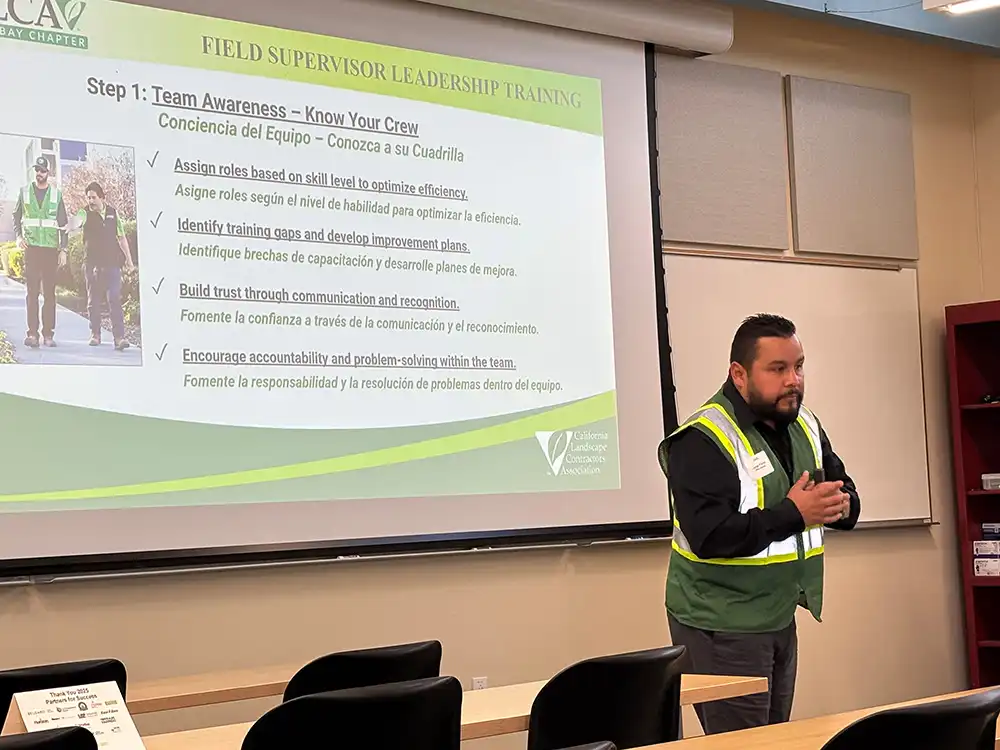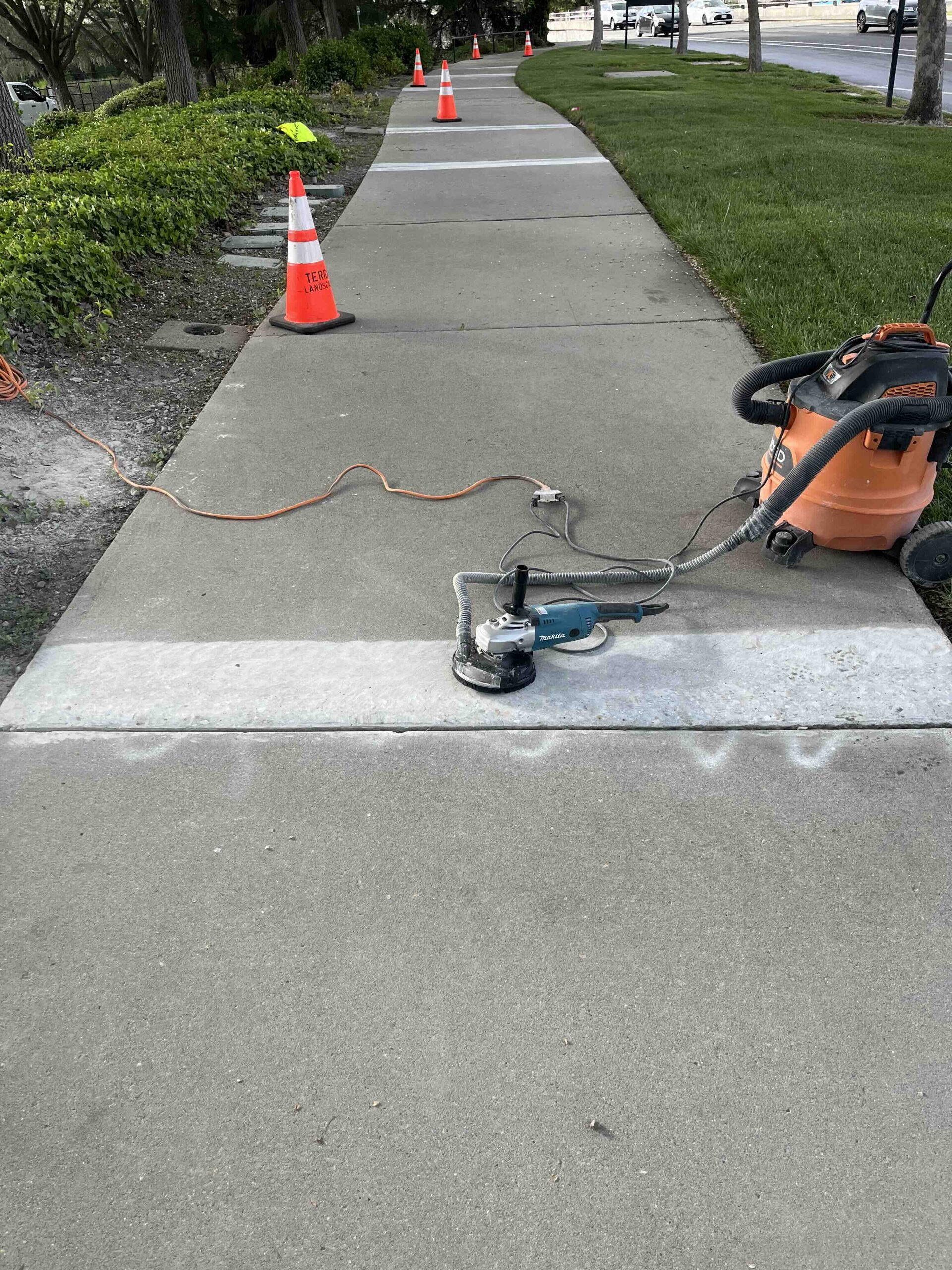There’s an old saying that a garden is only as healthy as its soil. The ideal soil is dark, crumbly loam that smells sweet and earthy, teeming with life. Most urban and suburban areas were literally scraped during construction, removing the topsoil and many of the microorganisms that made it alive. The remaining dirt can be practically inert. Weeds won’t even grow in such a barren landscape. Established shrubs are able to hang on, especially if fertilized. To wake up the soil in such an area, we apply Holganix, an organic…
Our Clients
We are committed to making the lives of our clients easier. Whether you are a homeowner or represent an HOA, Commercial Property, Office Park, or Municipality, we take the time to understand your goals and align our services to exceed your expectations. Our professional arborists are trained to nurture and enhance the natural beauty of your trees, thus increasing the value of your property.
We work with you to develop a tree-care program designed to fit your budget and priorities. We proactively identify and resolve potential issues before they become expensive problems. We focus on making decisions based on what’s right for your property over the long term.
Residences &
Estates
We partner with homeowners to do what's right for your trees and property.
Homeowner's
Associations
We make the lives of Property Managers and Board Members easier. We endeavor to understand your goals and to exceed your expectations.
Commercial Properties &
Office Parks
We join forces with facility managers to create inviting landscapes proven to help attract customers. Happy customers make for happy tenants.
Apartment
Communities
We partner with real estate investment companies to create and maintain inviting landscapes proven to help attract and retain tenants.
We're ready to help!
Our Journal
Latest Articles
There’s an old saying that a garden is only as healthy as its soil. The ideal soil is dark, crumbly loam that smells sweet and earthy, teeming with life. Most urban and suburban areas were literally scraped during construction, removing the topsoil and many of the microorganisms that made it alive. The remaining dirt can be practically inert. Weeds won’t even grow in such a barren landscape. Established shrubs are able to hang on, especially if fertilized. To wake up the soil in such an area, we apply Holganix, an organic…
Here’s the April update from our CLCA East Bay Chapter President, Cassidy Lundin. He shares a few reflections on leadership, the road ahead, and staying grounded through a busy springplus an invite to the April 26th social at Plank. Check it out below! I’d like to begin by extending a big thank you to everyone who attended our Field Supervisor Leadership Training on March 20th. It was wonderful to see such strong turnout, highlighting the value our community places on leadership development. Special thanks to our fantastic panelists: …
There’s an old saying that a garden is only as healthy as its soil. The ideal soil is dark, crumbly loam that smells sweet and earthy, teeming with life. Most urban and suburban areas were literally scraped during construction, removing the topsoil and many of the microorganisms that made it alive. The remaining dirt can be practically inert. Weeds won’t even grow in such a barren landscape. Established shrubs are able to hang on, especially if fertilized. To wake up the soil in such an area, we apply Holganix, an organic…
There’s an old saying that a garden is only as healthy as its soil. The ideal soil is dark, crumbly loam that smells sweet and earthy, teeming with life. Most urban and suburban areas were literally scraped during construction, removing the topsoil and many of the microorganisms that made it alive. The remaining dirt can be practically inert. Weeds won’t even grow in such a barren landscape. Established shrubs are able to hang on, especially if fertilized. To wake up the soil in such an area, we apply Holganix, an organic…
Here’s the April update from our CLCA East Bay Chapter President, Cassidy Lundin. He shares a few reflections on leadership, the road ahead, and staying grounded through a busy springplus an invite to the April 26th social at Plank. Check it out below! I’d like to begin by extending a big thank you to everyone who attended our Field Supervisor Leadership Training on March 20th. It was wonderful to see such strong turnout, highlighting the value our community places on leadership development. Special thanks to our fantastic panelists: …
Our Construction Department typically constructs new landscapes by assessing site conditions, choosing and arranging appropriate plants, and planting them correctly. But we also specialize in more traditional construction projects. One of the most common problems we are asked to solve is uneven concrete sidewalks that have been cracked or lifted by tree roots, creating dangerous trip hazards. One option is to demolish and re-pour the entire section of sidewalk, sometimes also cutting out a section of the tree’s roots. Another…
